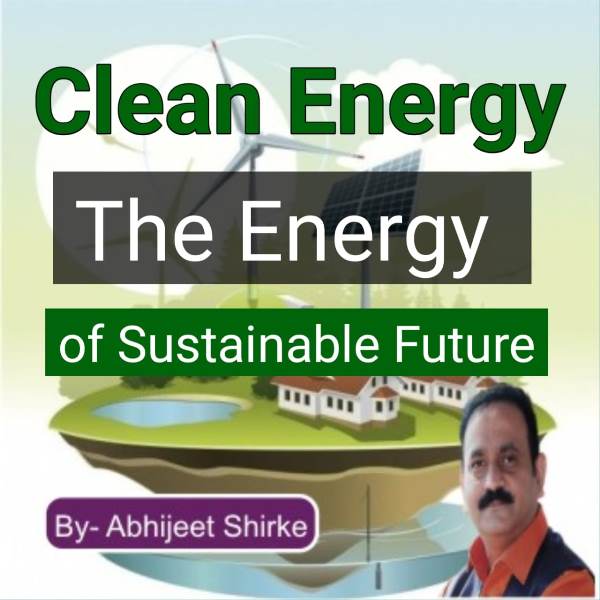
In a world grappling with the alarming consequences of climate change, the transition to clean energy sources has emerged as a beacon of hope. The Clean Energy Revolution is no longer just a concept. It is a tangible movement that holds the key to a sustainable future. As we stand at a crossroads, this blog aims to provide a comprehensive introduction to clean energy sources, elucidating their significance in curbing carbon emissions and mitigating the effects of climate change.
The urgent need for change
The 21st century has witnessed an unprecedented rise in greenhouse gas emissions, predominantly stemming from the combustion of fossil fuels. These emissions have driven global temperatures to alarming levels, triggering catastrophic events such as extreme weather patterns, rising sea levels, and the loss of biodiversity. The need for a paradigm shift in our energy consumption patterns is no longer a choice; it is imperative.
Clean Energy Sources
Clean energy sources encompass a spectrum of renewable and sustainable alternatives that harness the Earth’s natural processes without inflicting harm on the environment. They are derived from sources that are continuously replenished, ensuring an enduring supply for generations to come. Let’s delve into some of the key clean energy sources and their pivotal role in transforming our energy landscape.
Solar Energy
Solar energy is perhaps the most ubiquitous clean energy source. Harnessing the power of the sun’s rays through photovoltaic cells, solar panels convert sunlight into electricity without producing harmful emissions. As technology advances, the cost of solar panels has plummeted, making them an increasingly accessible and viable solution for residential and industrial energy needs.
Wind Energy
Wind energy production by utilising the kinetic energy of moving air masses. In this wind turbines capture this energy and convert it into electricity. The proliferation of wind farms across the globe underscores the growing recognition of wind energy as a reliable and efficient means of producing clean power.
Hydropower
Hydropower, derived from the force of flowing water, has been harnessed for centuries. By utilizing dams and turbines, the energy of water currents is transformed into electricity. While concerns about environmental impacts persist, modern hydropower technologies strive to strike a balance between energy generation and ecosystem preservation.
Geothermal Energy
Geothermal energy taps into the Earth’s internal heat. Power plants generate energy by harnessing steam or hot water from geothermal reservoirs with low carbon emissions. Geothermal energy’s consistency and reliability make it an attractive option for base load power generation.
Biomass Energy
Biomass energy originates from organic materials like wood, agricultural residues, and municipal waste. Through combustion or conversion into biofuels, biomass can provide heat, electricity, and transportation fuels while effectively recycling organic matter that would otherwise contribute to landfill waste.
Importance of Reducing Carbon Emissions
The crux of the clean energy revolution lies in its ability, to drastically reduce carbon emissions. Fossil fuel combustion releases carbon dioxide (CO2) and other greenhouse gases into the atmosphere. The shift to clean energy sources mitigates this emission by eliminating or significantly reducing these pollutants, consequently curbing the progression of global warming.
Mitigating Climate Change
As the effects of climate change become more pronounced, the imperative to mitigate its impact intensifies. Clean energy sources offer a potent weapon in our arsenal against climate change. By embracing renewable alternatives, we can gradually reduce our reliance on finite fossil fuels, reduce air pollution, and forge a sustainable pathway towards a healthier planet.
The Clean Energy Revolution is more than a trend; it is a fundamental shift in way we power our world. The transition to clean energy sources is a moral obligation, a strategic necessity, and an economic opportunity. As technology advances and awareness deepens, the momentum behind the clean energy movement continues to surge. By harnessing the power of the sun, wind, water, and Earth itself, we are not only powering a sustainable future but also charting a course towards a world that is cleaner, greener, and better equipped to tackle the challenges that lie ahead.